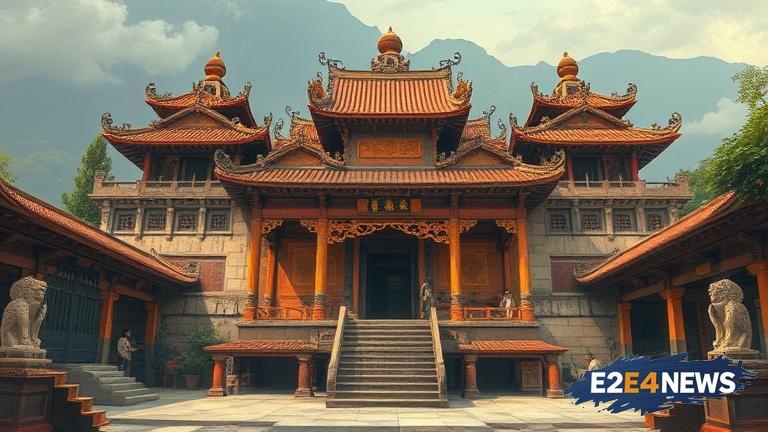The ancient Asian temples have long been a subject of fascination for historians, archaeologists, and travelers alike. These magnificent structures, scattered across the continent, hold the keys to understanding the region’s complex and diverse cultural landscape. From the intricate carvings that adorn the walls of the temples to the vibrant festivals that bring the communities together, every aspect of these ancient wonders is a testament to the ingenuity and craftsmanship of the people who built them. The temples of Angkor Wat in Cambodia, Borobudur in Indonesia, and Ayutthaya in Thailand are just a few examples of the many ancient Asian temples that have withstood the test of time. Each of these temples has its own unique story to tell, reflecting the history, mythology, and spiritual practices of the civilizations that created them. The ancient Asian temples are not just relics of the past but also living, breathing entities that continue to inspire and influence the lives of people in the present. They are a reminder of the region’s rich cultural heritage and the importance of preserving it for future generations. The temples are also a symbol of the region’s resilience and adaptability, having survived wars, natural disasters, and colonialism. Despite the challenges they have faced, the ancient Asian temples remain an integral part of the region’s identity and a source of pride for the people who call Asia home. The temples have also played a significant role in shaping the region’s art, architecture, and literature, with many of the ancient texts and scriptures still studied and revered today. The ancient Asian temples are a testament to the region’s spiritual diversity, with temples dedicated to a wide range of deities and beliefs. From Buddhism to Hinduism, and from Islam to Christianity, the temples reflect the complex and often conflicting spiritual landscape of the region. Despite the many challenges they have faced, the ancient Asian temples continue to thrive, with many of them still serving as active places of worship and community gathering. The temples are also an important part of the region’s tourism industry, attracting millions of visitors each year and generating significant revenue for local economies. However, the increasing popularity of the temples has also raised concerns about their preservation and conservation, with many of them facing threats from pollution, over-tourism, and climate change. Efforts are being made to protect and preserve the ancient Asian temples, with many organizations and governments working together to promote sustainable tourism and conservation practices. The ancient Asian temples are a reminder of the region’s rich cultural heritage and the importance of preserving it for future generations. They are a symbol of the region’s resilience and adaptability, and a testament to the ingenuity and craftsmanship of the people who built them. The temples continue to inspire and influence the lives of people in the present, and their significance extends far beyond their historical and cultural importance. They are a source of pride for the people of Asia, and a reminder of the region’s spiritual diversity and complexity. The ancient Asian temples are a truly unique and fascinating aspect of the region’s cultural landscape, and their preservation and conservation are essential for ensuring their continued relevance and importance in the modern world. The temples are a window into the past, offering a glimpse of the region’s complex and often conflicting history. They are also a reflection of the region’s present, with many of them still serving as active places of worship and community gathering. The ancient Asian temples are a truly remarkable and awe-inspiring aspect of the region’s cultural heritage, and their significance will continue to be felt for generations to come.
